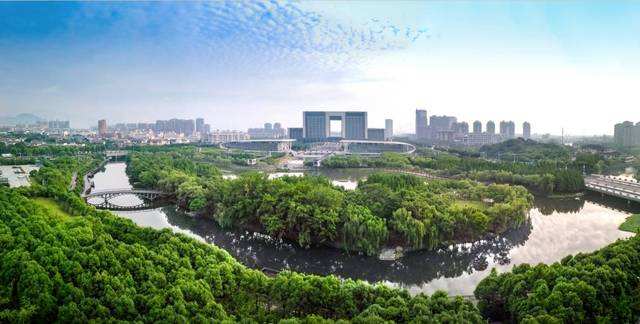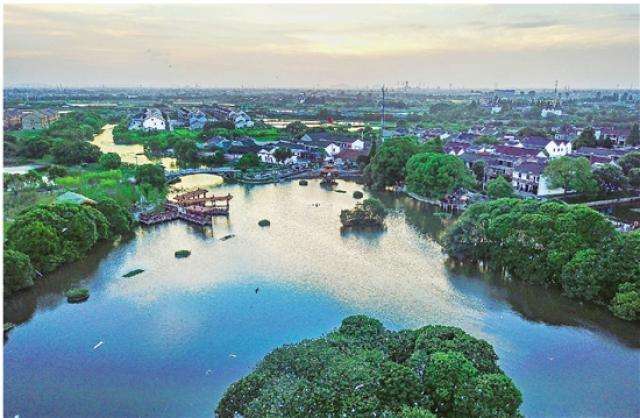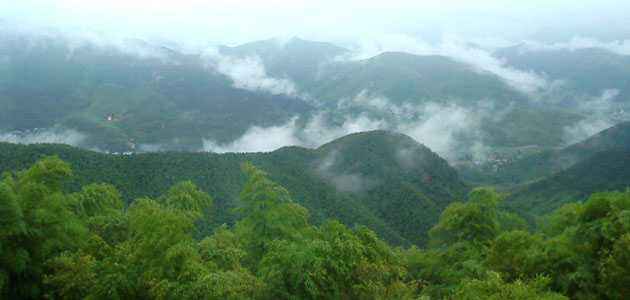Explore the wetlands
2 min readFans of “water country” will be entranced by the eastern part of Deqing, where the plain is crisscrossed with rivers and dotted with ponds. The area surrounding Xiazhu Lake is the biggest marshland in south China. Nestled in the mountains, is a breath-taking view of waterways and estuaries that forms a maze-like world that threatens to almost brim over. Flora and fauna abound in this part of Deqing, such as fragrant lotus and various unusual wildfowl. Rowing on the lake, you can easily imag ditional Chinese landscape painting.

Although Mogan Mour is now the best known landmark associated with Deqing County, most of its territory is actually covered with expanses of natural wetlands and a network of rivers. In summer, visitors are greeted by endless vistas of green lotus plants, with their glorious pink, white and yellow blooms seeming to reach for the sun, and pure, white egrets everywhere. The center-piece is Xiazhu Lake and its surrounding marshland, one of the most famous in south China, whose pristine landscape covers 3.4 square kilometers and forms the 5th largest lake in Zhejiang province.

The untamed beauty of Xiazhu Lake has been recorded since as early as the Song Dynasty. Although much wetland has been destroyed by human encroachment over this past millennium, this lake is one of the largest well-preserved wetlands in East China, and its unique landscape and diverse ecosystem is cherished by scores of locals and tourists alike.
The lake is also a paradise for birds. Egrets, the most populous bird in the area, number in the thousands and inhabit the two low hills on the lakeside. Aside from the popular boat tours, piers extend far into the lake from which bird-watchers can observe the creatures at close quarters.

Village cooks are expert in preparing the many aquatic offerings-water chestnuts shrimp, mussels, fish, and much more-kept fresh in nets by the quay, and the aroma wafts through the air as evening approaches.